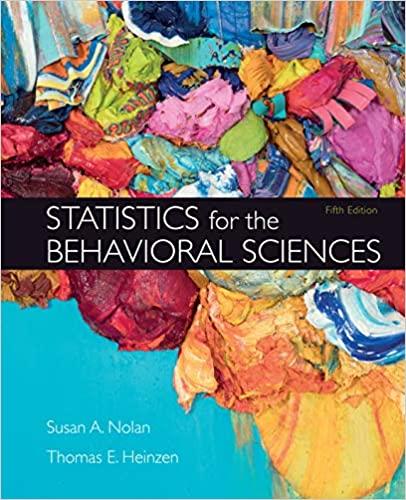Researcher Eric Swank (2018) analyzed survey data to determine whether people who are gay or lesbian are
Question:
Researcher Eric Swank (2018) analyzed survey data to determine whether people who are gay or lesbian are more likely than those who are heterosexual to become activists for various causes. Spoiler alert: Gays and lesbians are more likely than heterosexual people to be activists for a range of causes, including movements for peace and for the environment. For each of the findings outlined here, state (i) the independent variable or variables, and, where appropriate, their levels; (ii) the dependent variable(s); and (iii) which category of research design is being used:
I—Scale independent variable(s) and scale dependent variable
II—Nominal independent variable(s) and scale dependent variable
III—Only nominal variables
Explain your answer to part (iii).
a. Swank reported that “gays and lesbians were about twenty times more likely to join LGB justice campaigns than heterosexuals” (p. 176).
b. Swank cited previous research that found “sexual minorities seem to know more gays and lesbians than heterosexuals [do]” (p. 180).
c. Survey respondents were asked to “rate their emotional warmth or coldness towards gays and lesbians … with scores ranging from 0 to 100” (p. 180). What if you wondered whether this variable were related to the number of gays/lesbians whom each survey respondent knows?
Step by Step Answer:

Statistics For The Behavioral Sciences
ISBN: 9781319190743
5th Edition
Authors: Susan A. Nolan, Thomas Heinzen





